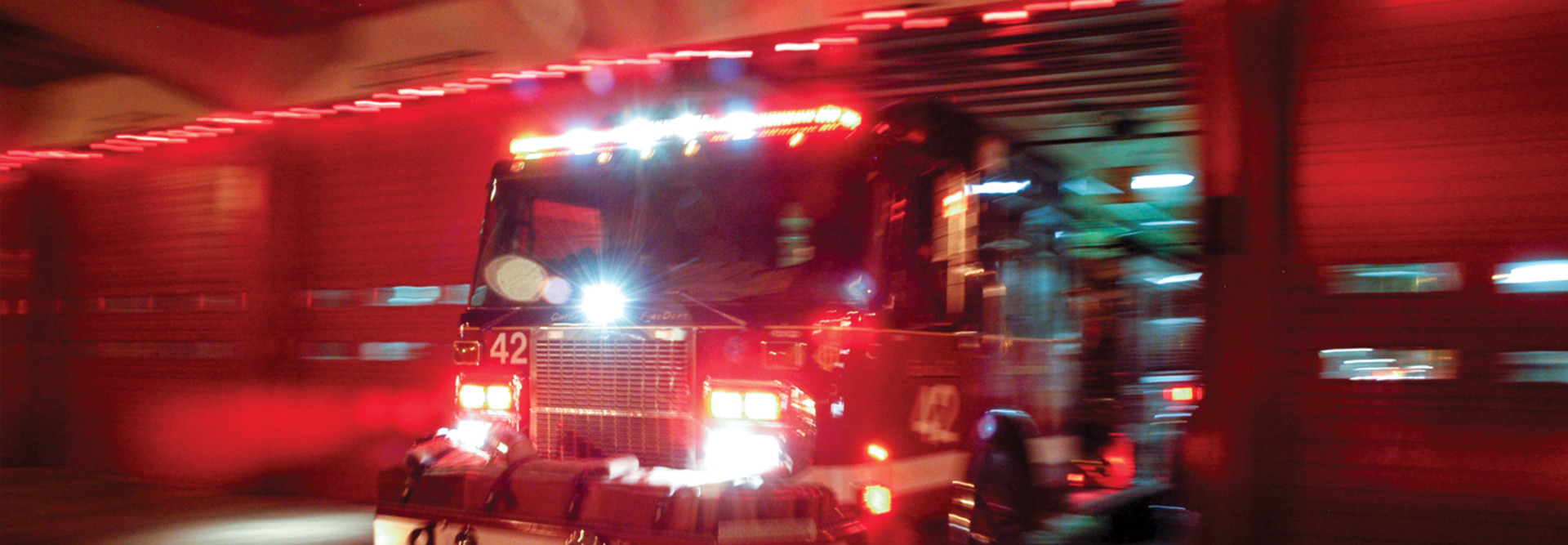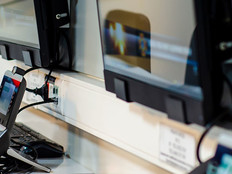What Are Applications of IoT for Fire Departments?
There are numerous applications for IoT in the context of fire safety. Low-power wide area networks or wireless cellular networks can transmit a wide range of data from IoT sensors to aid in fire prevention and response, as Analytics Insight notes.
IoT sensors can integrate with “devices such as alarms, personal safety devices, and fire suit technology,” the publication notes. They can also be used to track firefighters and give incident commanders greater situational awareness and visibility into where individual firefighters are when they are battling a blaze. Radio-frequency identification trackers, potentially embedded into firefighting suits, can reveal firefighters’ locations at any point in time.
Wirelessly connected sensors can also provide information to emergency command centers and incident commanders, and that information can then be relayed to firefighting teams.
“Heat-proof sensors can communicate where the fire starts off, its intensity, nature and spreading patterns, as well as whether there are any occupants in the fire zone,” according to a blog post from BehrTech, a software company that makes a wireless IoT connectivity platform. “Knowing what is happening on the ground in real-time, enables streamlined firefighting and evacuation effort to minimize damage and fatalities.”
Another application of IoT in firefighting is the personal alert safety system device, which can detect firefighter motion, according to a blog from ESO, an electronic patient care software provider. The device also has an “acoustic transmitter that acts as a beacon” to locate the firefighter when sensors detect the firefighter has not moved for a predetermined period of time, the blog notes.
Such monitoring systems “may also soon include sensors to measure oxygen and carbon dioxide partial pressure, volume flow rate, heart rate, gas pressure, body temperature, and exposure to damaging acoustic environments that may damage hearing,” ESO notes.
SIGN UP: Get free access public safety stories curated just for you.
How IoT Supports Smart Building Fire Safety
In addition to protecting firefighters and providing them with more information, IoT technologies can also help make buildings themselves smarter and safer.
“IoT sensors can be deployed to continuously monitor electrical systems and identify any active heat sources that are invisible to the naked eye,” the BehrTech blog states. “Once a temperature spike is detected, an alert is immediately sent for relevant inspections to avoid potential catastrophes. IoT temperature sensors also outweigh traditional smoke detectors by detecting ignited fires much faster — even before they emit smoke. In an emergency when every second counts, the sooner an alarm is set off, the more the consequences can be mitigated.”
IoT sensors can also detect smoke or carbon monoxide in buildings, potentially shutting off ignition sources, notes Analytics Insight. “IoT offers a more targeted firefighting capability, thereby cutting off small fires,” the site notes. “A smart IoT-enabled fire system could be used for deploying different measures for specific rooms in order to minimize the damage.”
READ MORE: Download this white paper on how public safety is becoming more data-driven.
Smart Sprinkler Systems Aid Firefighting
Smart sprinklers equipped with IoT sensors can make fire suppression easier in smart buildings.
According to the NFPA Journal, the magazine of the National Fire Protection Association, multiple sensor components can be added to a dry sprinkler valve to make it “smart.”
“Two pressure sensors attached below the valve’s gauges continuously collect information on air and water pressure,” the journal notes. “Cables connect the sensors to an interface device, attached to the valve’s pipe, which wirelessly transmits that information to a database where it can be used by facility managers, inspectors, and others to identify potential problems.”
In one example of a smart fire sprinkler system, the sprinkler system has a mobile infrared sensor located in a wall box. “The sensor scans the room to locate the hottest point, if it detects temperature above 135°F,” according to a press release from technology research and advisory company Technavio. “On successfully identifying the location, it sprays high-pressure mist onto flames.”
Christina Francis, a fire protection engineer at Procter & Gamble, notes to the NFPA Journal that a smart sprinkler system could monitor the water pressure and flow rate coming from sprinklers themselves. That can help lead to safer and more informed fire responses.
“If we know we’ve been flowing 500 gallons of water per minute on the fire for the past 30 minutes, we know it means we should have control of the fire, and we can communicate that to incident command,” Francis says. “Being able to monitor water flow in a sprinklered building externally was one of our big ‘aha’ moments as a company. We realized we don’t need to put firefighters in harm’s way by sending them in. We know from lab work and testing that we can wait and go in later and then use a fire hose for final extinguishment.”
JOIN: Get free access to the latest curated news on IoT and fire safety.
IoT’s Role in Computer-Aided Dispatch
IoT can also be used to enhance computer-aided dispatch systems.
For example, in 2018 AT&T and RapidDeploy announced a deal for AT&T to provide public safety answering points (PSAPs) access to RapidDeploy’s cloud-based CAD platform.
The platform can be integrated with data-rich sources to improve a fire department or emergency operations center’s situational awareness. “For example, dispatchers can access near real-time information like closed-caption video streams or data from Internet of Things devices,” a press release states. “These tools can help them better understand the response needed and enhance their decision making.”
The solution allows PSAPs “access to advanced location information and other data from smart devices such as phones, wearables, connected cars and homes, as well as popular apps for navigation and transportation services,” Northrop Grumman notes in a press release.
More information for firefighters can lead to better and safer responses. “Imagine as a firefighter that you receive over your smartphone the computer-aided dispatch (CAD) data that includes address, location of the fire, environmental conditions, location of trapped people and video,” the publication Firehouse notes. “Then as firefighters arrive, their location may be monitored by incident command (IC) staff as they make their way to those in need.”
SIGN UP: Get access to public safety tech news that matters to you.











